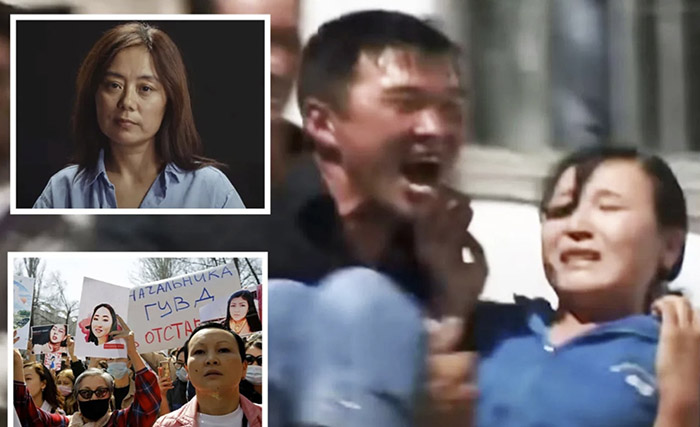Commemoration Ceremony for Hamas Leader Yahya Sinwar in Tehran: Key Insights and Implications

Sardar Esmail Qaani
Sardar Qaani’s attendance was particularly noteworthy given recent concerns about his condition following reports of injury in Beirut. As the commander of the Quds Force, Qaani plays a pivotal role in Iran’s military strategy and its support for non-state actors like Hamas. His presence at the ceremony reaffirmed his commitment to the Palestinian resistance and served to dispel any rumors about his incapacitation.
Qaani’s strategic vision has been characterized by an emphasis on asymmetric warfare and the strengthening of Iran’s proxy alliances. By attending the commemoration, he signaled that despite challenges, Iran remains resolute in its support for Palestinian factions and their leadership.
Masoud Khamenei
Masoud Khamenei, son of Supreme Leader Ali Khamenei, also attended the ceremony, highlighting the importance of the event within the Iranian political landscape. His presence indicated the high level of priority that Iranian leadership places on supporting Hamas and the broader Palestinian cause. Masoud Khamenei, along with other military officials, reflected the generational continuity of Iran’s commitment to resistance movements in the region.
The Atmosphere of the Ceremony
The event at Imam Sadiq Mosque was marked by a charged atmosphere. Attendees included military personnel, government officials, and members of the public who gathered to pay their respects to Sinwar. The ceremony featured speeches that emphasized resistance, unity, and the ongoing struggle against Israeli occupation.
Speeches and Messages
During the ceremony, speakers emphasized the need for continued support for Hamas and the Palestinian cause. They highlighted the importance of resistance against oppression and the pivotal role that figures like Sinwar play in this ongoing struggle. The speeches often carried strong anti-Israeli sentiments, echoing Iran’s long-standing narrative of resistance.
Symbolism of the Venue
Holding the ceremony at Imam Sadiq Mosque was symbolic in itself. The mosque is a site of significant religious and cultural importance in Tehran, further elevating the event’s status. By choosing this location, the organizers connected the commemoration to broader themes of faith, resistance, and the Islamic identity of the movement against Israeli occupation.




